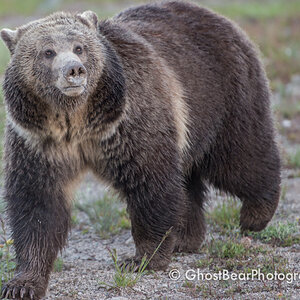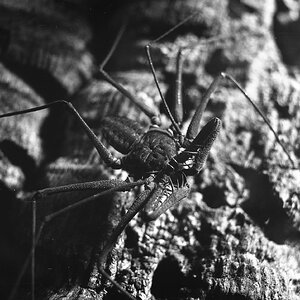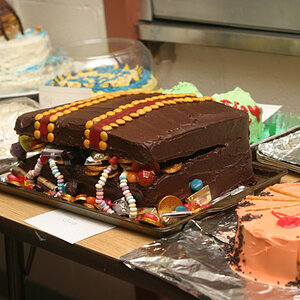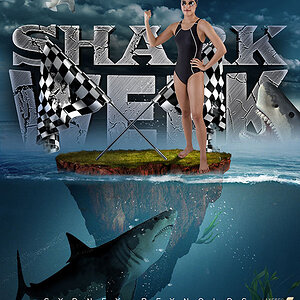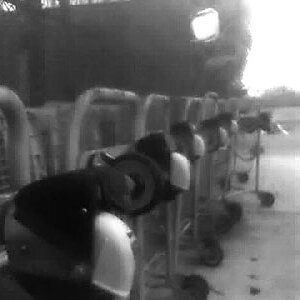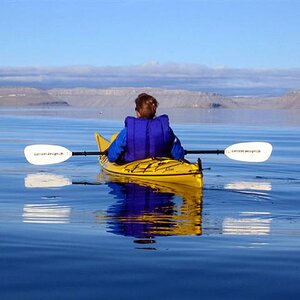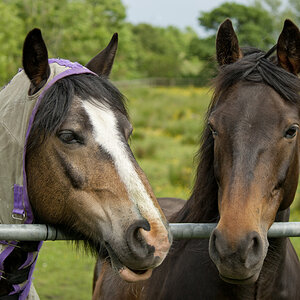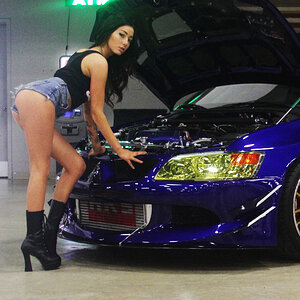fmw
No longer a newbie, moving up!
If we look back over the range of topics of the threads over the years, pretty much everything these days is dead horse beating.
One nice thing about the Chinon is that most of them use the Pentax K mount lenses. Lots of good glass there and quite plentiful. The old CM-1's were a very popular fully manual camera that was cheaper than the K1000. One nice thing about the CM-1 over the K1000 at the time the CM-1 had a self timer, where the K1000 didn't.
I had a K1000 as well. I remember the 28mm wide angle had as much barrel distortion as a full frame fisheye. I have slides made in narrow streets in Tokyo with the buildings bowing to each other. There might have been some good lenses for it but the Takumar 28 wasn't one of them.


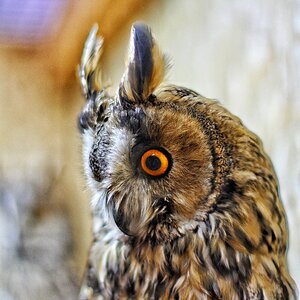
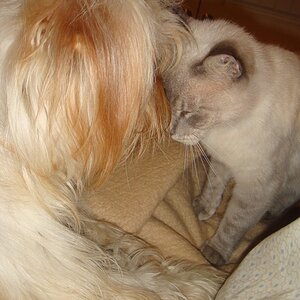
![[No title]](/data/xfmg/thumbnail/37/37604-7ad625e983f92f880eb65a264eeef5e4.jpg?1619738148)
![[No title]](/data/xfmg/thumbnail/37/37602-1ef8dbb1c2d0e4ff347ee65d328c3603.jpg?1619738147)
